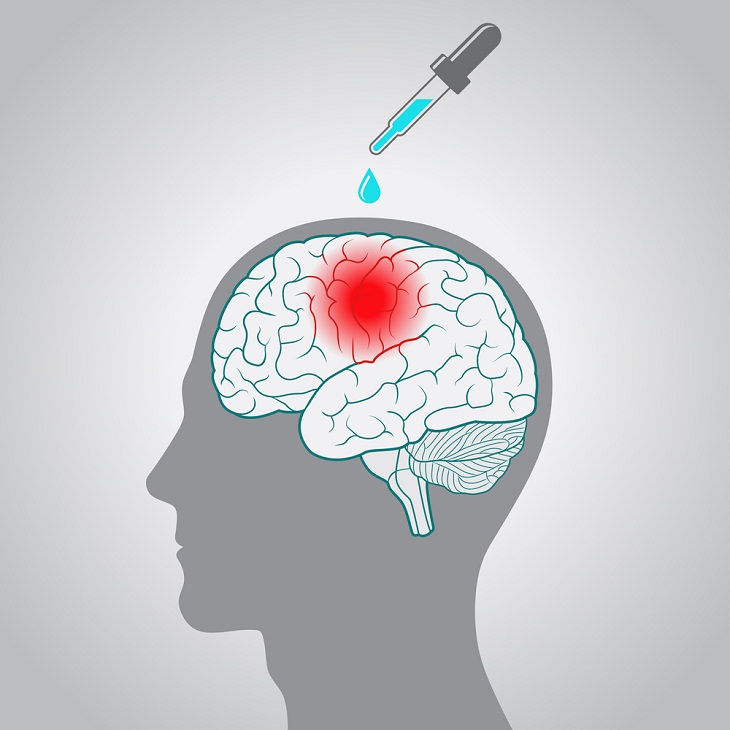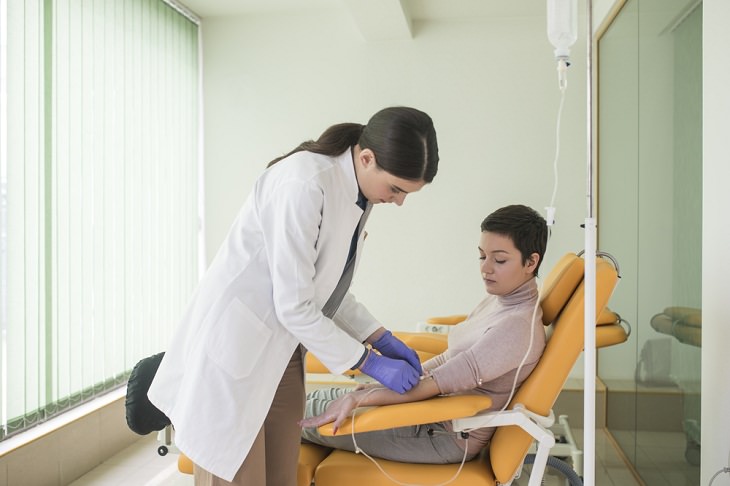In recent years, however, researchers have been experimenting with a drug called ketamine that has shown positive results in treating severe depression. If it acts as expected, ketamine can become one of the first drugs to quickly reduce suicidal thoughts and relieve other serious symptoms of depression. In fact, many scientists believe that ketamine can soon be used as a vaccination against depression, anxiety, and post-traumatic stress (PTSD) and can become one of the biggest breakthroughs in treating severe depression.
So what is ketamine and how can it help treat depression?
Ketamine isn’t a new drug. It’s an anesthetic that’s used to induce sleep for surgery and to help prevent pain and discomfort during some medical tests or procedures.
The first time ketamine was used as an anesthesia medicine was during the Vietnam War in the 1960s. Over the decades to follow, it has been used as a dissociative anesthetic and has been used for burn victims, radiation patients, and even for children who are allergic to other anesthetics.
When given in lower doses, ketamine helps ease pain and can help people to rely less on addictive painkillers, like morphine after surgery.
But how can this anesthetic drug work as a treatment for depression?

While antidepressants need to build up in your system to have an effect, ketamine appears to work quite differently.
Depression treatment in the last few decades has been focused on altering serotonin (also known as the 'happiness neurotransmitter') levels. Ketamine, meanwhile, binds NMDA receptors in the brain and affects glutamate production in the spaces between neurons as opposed to directly regulating serotonin. Glutamate, also called the brain’s “go” signal, is a vital neurotransmitter that triggers mental processes from memory to mood and is much more prevalent in the brain. It drives cognitive functions like learning, memory, and mood.
Related: These Are the 4 Things That Can Silently Cause Depression
Glutamate then activates connections in another receptor, called the AMPA receptor. By binding to these receptors, ketamine appears to form new neural connections in the brain that might have been damaged due to years of depression, anxiety, and stress. More importantly, the effects of these new neural connections remain even when the drug has completely left the body.
Some researchers suggest that ketamine may also reduce signals concerned with inflammation or promote communication within specific areas in the brain. The drug likely works in multiple ways at the same time and more studies are being done to understand it.
What do the studies show?
Ketamine’s potential as a possible treatment for treating mental illness was first found when it was used as an anesthetic for treating 25,000 servicemen and women injured in Iraq between 2002-2007. Data showed that of all the people that were treated for burns, almost 45 percent developed PTSD. Incredibly, the soldiers that were given ketamine had a significantly lower rate of PTSD even though their burns were much more severe.

Then, in 2016, neuroscientist Rebecca Brachman published a study where she had used mice models to test if giving ketamine before exposure to stress could prevent psychiatric disorders. Using methods that safely induce depression in mice, the test showed that the rodents that were given ketamine one week before stress exposure didn’t show any signs of depression. According to Brachman and her team, the results were significant and can have far-reaching effects. Primarily because the study indicates that ketamine may be able to totally prevent depression and PTSD.
In recent years, many psychiatrists have also been trying ketamine experimentally with their patients who are dealing with depression. The results have been mixed so far but more studies need to be undertaken to understand how effectively the drug can help humans. Since ketamine has addictive properties, it would be crucial to find a dose that would be safe enough to relieve depression.
Thus far, ketamine has generally been given as an infusion into the bloodstream or as a nasal mist about once a week for treating depression and stopping suicidal thoughts in patients.
Also, like all drugs, ketamine, too, has side effects. The infusion of the drug, according to Harvard Medical School, may cause high blood pressure, nausea, vomiting, perceptual disturbances (a disorder of comprehension), and dissociation (where a person breaks away from their thoughts, feelings, memories, or sense of identity).
More research is needed to understand the dose that will be good enough to avoid these side effects in patients. But if the benefits outweigh the possible risks, then it would be worth giving it a try.
Related: Can Depression Be Cured By Anti-Inflammation Pills?
Will ketamine be available to use as a treatment for mental illness soon?
One of the added benefits of ketamine is that it is already FDA-approved as an anesthetic and has also been named as an essential drug by WHO. However, it remains to be seen if pharmaceutical companies begin to invest in expensive clinical trials which will make it easier for ketamine to be FDA-approved as an anti-depressant.
Interestingly, a new antidepressant medication was approved by the FDA in 2019 - a nasal spray called esketamine. This drug is a form of ketamine, but slightly different and will be given as nasal puffs. Its effects, however, are said to be essentially the same as ketamine's. Trials indicated that patients with symptoms of depression and anxiety that were given esketamine nasal spray showed improvements in their condition. It remains to be seen now if the medicine will work in all groups of people with treatment-resistant depression.
The approval of esketamine shows that ketamine therapy too could soon become a reality. If ketamine is continued to be used as a treatment for symptoms of depression and other mood disorders and shows positive results, the FDA would finally grant it approval. If that does happen, we can see doctors everywhere begin using ketamine therapy to treat their patients in the next 2-3 years.
But will we get the drug at our local pharmacy worldwide? Not anytime soon. The science behind ketamine is promising and its promised benefits are exciting but we still don’t know enough about it to start using it in clinics. More research would be needed to understand how effectively it can bring relief from depression and other mental illnesses and if we can limit its side effects.
Share this information with your loved ones...
 Go to BabaMail
Go to BabaMail























































